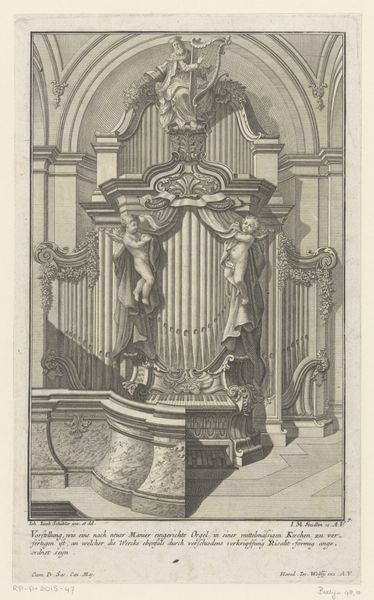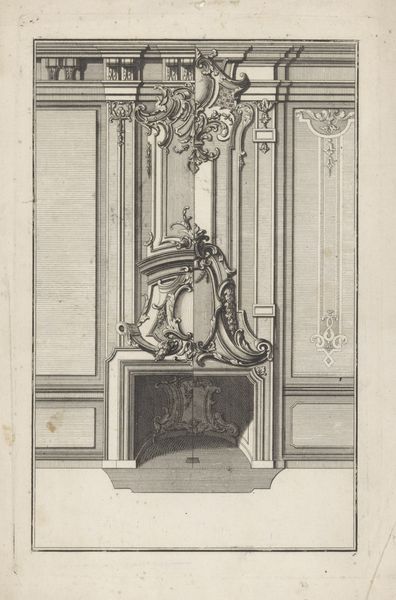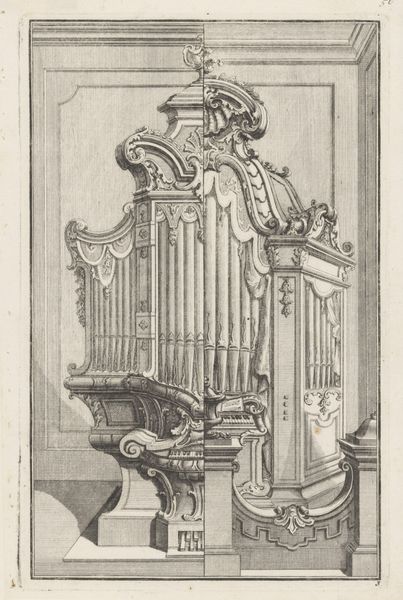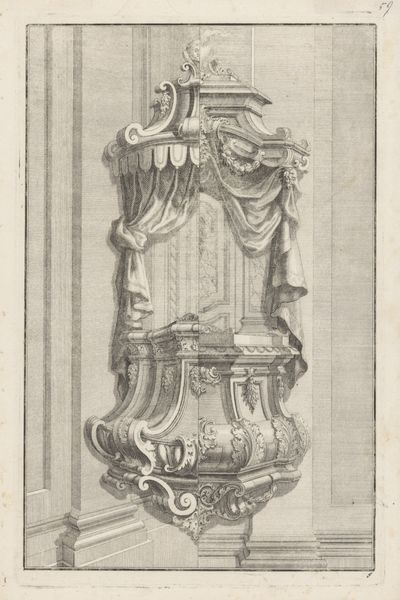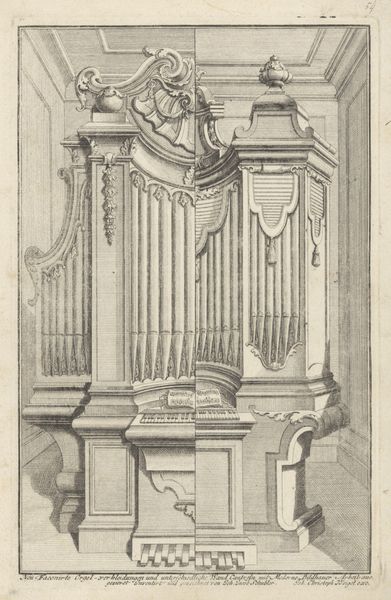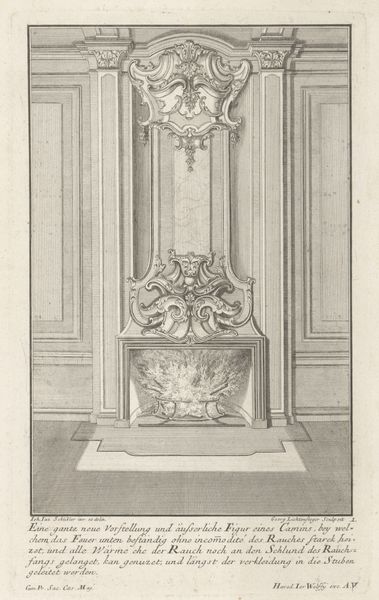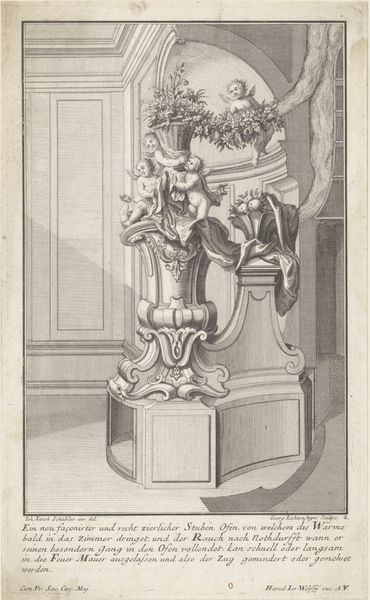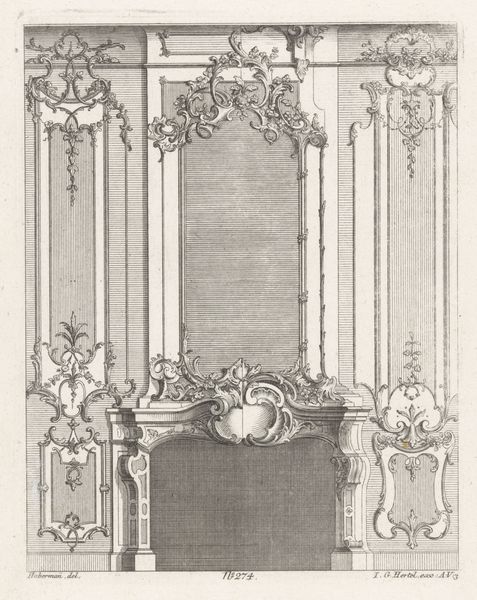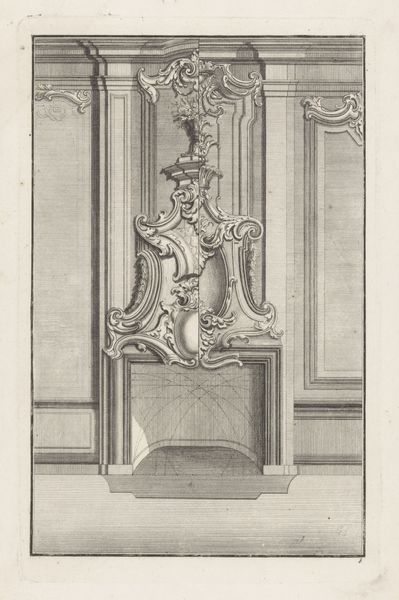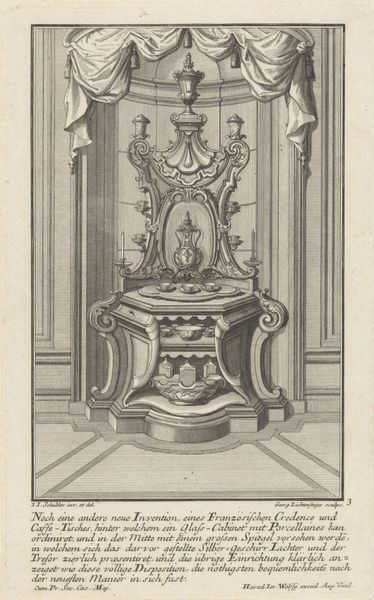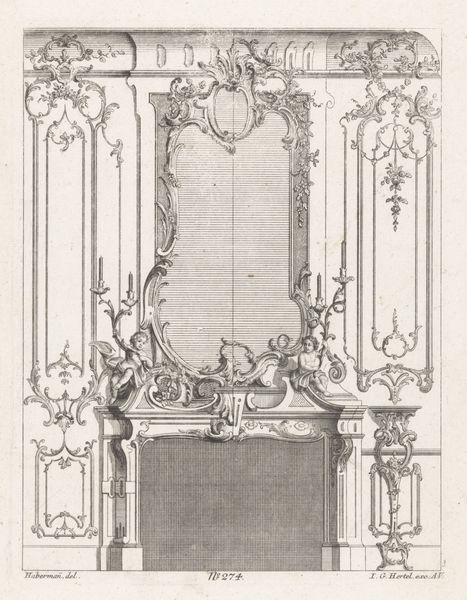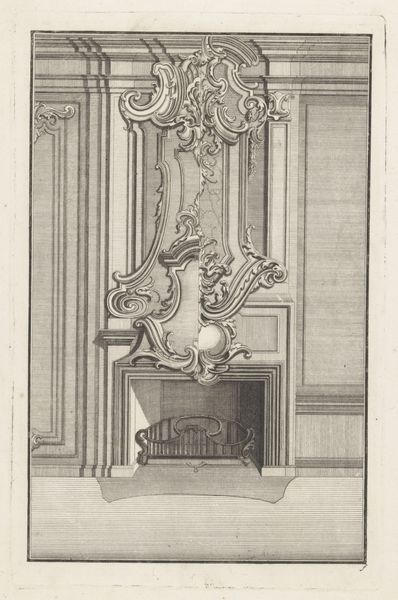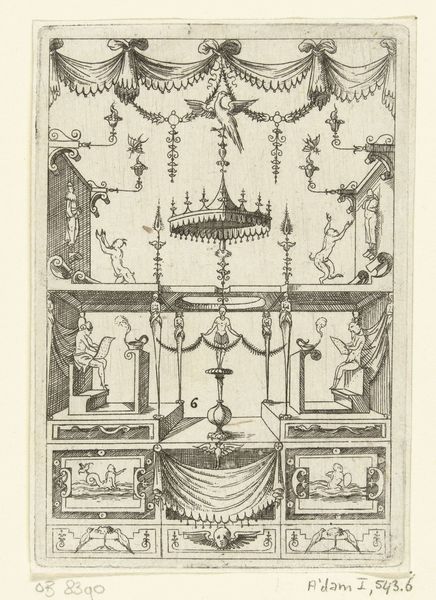
print, engraving, architecture
#
baroque
# print
#
geometric
#
decorative-art
#
engraving
#
architecture
Dimensions: height 279 mm, width 176 mm
Copyright: Rijks Museum: Open Domain
Editor: So, here we have "Orgel met draperieën", or "Organ with draperies", an engraving by Johann Jakob Schübler, dating sometime between 1699 and 1726. I'm immediately struck by the incredibly ornate detail of the organ and its architectural setting, especially contrasted in monochrome. The drapery feels very theatrical. How does this piece speak to you? Curator: What I see here is a celebration of the baroque aesthetic but within the confines of a very specific institution - the church. The organ wasn’t merely a musical instrument, it was a symbol of power, both spiritual and, by extension, temporal. Editor: Power? How so? Curator: Consider the context. In the late 17th and early 18th centuries, the church was still a major patron of the arts, using them to project an image of divine authority. The complexity of this organ, amplified by the engraving's meticulousness, sends a very deliberate message. Can you guess what that message may be? Editor: That the church is wealthy and culturally sophisticated, I guess? It's all very impressive and designed to inspire awe. Curator: Precisely! And awe translates to influence. Furthermore, the baroque style itself was favored by the Counter-Reformation as a means to win back hearts and minds from the perceived austerity of Protestantism. Think of the engraving as a form of propaganda, visually asserting the church’s dominance. Editor: I hadn't thought of it that way! Seeing it as a sort of visual assertion of authority gives it a whole new dimension. Curator: Exactly! Art is rarely just about aesthetics; it’s also about the power dynamics at play within society. Editor: That's given me a completely different way of understanding this. Thanks for sharing.
Comments
No comments
Be the first to comment and join the conversation on the ultimate creative platform.
